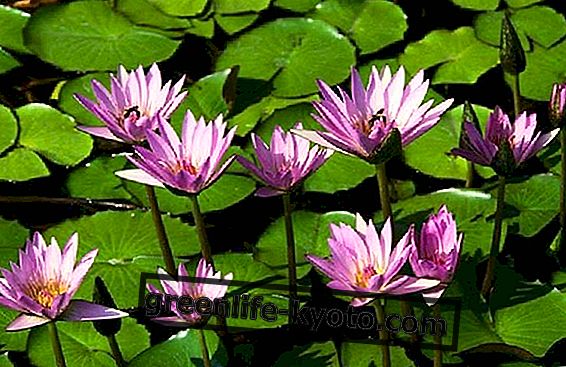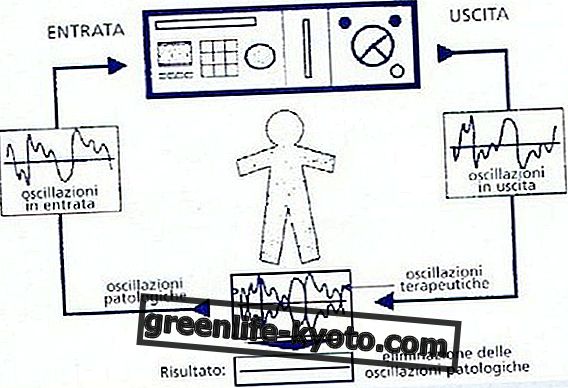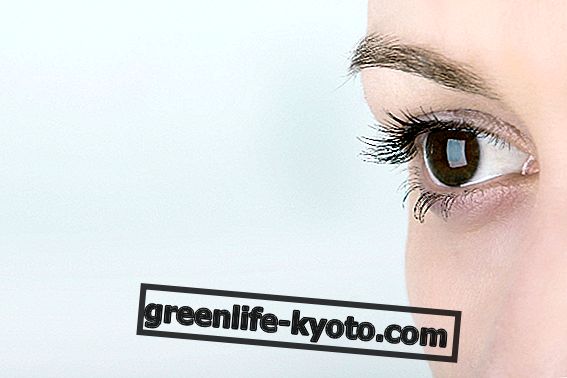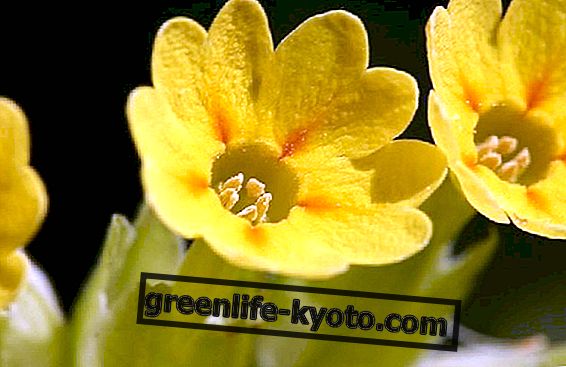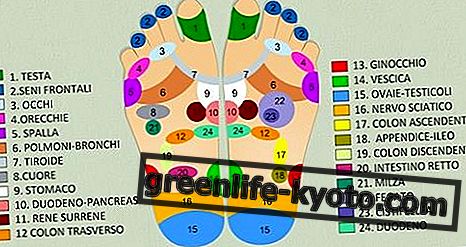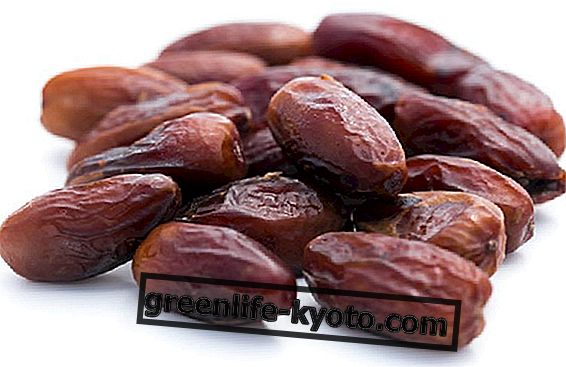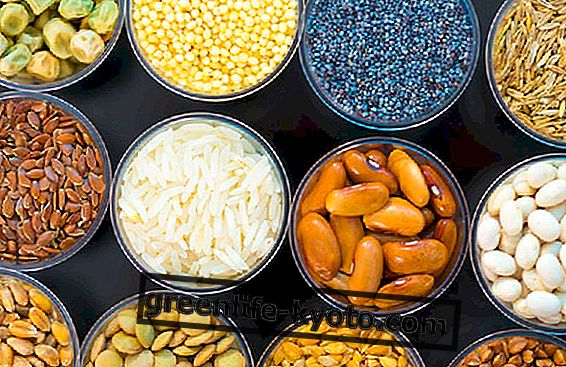
What is 1virgola618?
The 1virgola618 association was born in Tuscany with the aim of letting everyone know that another way of living is possible. An alternative to the current one that can develop and spread ecological thinking, conscious consumption, respect for resources and the environment that can go hand in hand with an individual path of growth and awareness.
To do this, the 1virgola618 association organizes courses, such as the synergistic vegetable garden, meetings and conferences, shows, workshops and themed workshops, without forgetting the web platform as a meeting point and exchange of ideas.
The 1virgola618 association welcomes different areas and sectors: from green building to the culture of renewable energy up to the dissemination of a type of natural, organic, biodynamic and synergistic agriculture in particular. At the center there is always the human being and all that surrounds him: holistic sciences, health and natural nutrition, applied arts for health, ecotourism, ecoshopping. The propaganda you want to do is that of a life style of solidarity, not competitive but cooperative, in harmony with nature and in the wake of a "happy degrowth", made up of ethical finance and critical consumption.
The appointment with the synergistic vegetable garden
By popular demand, the synergic garden meeting is back for next spring at the 1virgola618 association. The theoretical and practical seminar, residential and non-residential, lasting five and open to all, is led by Alessio Mancin, an expert in permaculture, and is held in Rivalto di Chianni, in the province of Pisa, at the Amaltea organic farm. Five days of meetings, from 23rd to 27th May 2012, to learn about synergic agriculture and learn to make the vegetable garden.
But not just any vegetable garden! In short, the synergistic vegetable garden method is a cultivation method developed by the Spanish farmer Emilia Hazelip, based on the teachings of the Japanese Fukuoka. This method is based on the principle that, while the earth grows plants, plants in turn create fertile soil through their "radical exudates", the organic residues they leave, and their chemical activity, along with microorganisms, bacteria, mushrooms and earthworms.
It is practically a land that is cultivated in a spontaneous, perennial way, which self-fertilizes and offers high quality products, with superior nutritional properties, energetically strong and more resistant to pests. In the practical laboratory lasting 5 days we learn the method and the realization of the synergistic vegetable garden in all its components, from the creation of pallets to mulching, according to a specific program.
The interview with Gianna Nencioli, the president of 1virgola618
Gianna Nencioli, president of the 1virgola618 association, supporter of the synergic vegetable garden, with a twenty-year experience in the "green" publishing field, decided to set her own life on the spread of this important message, not only on a theoretical level, but also in daily practice. Here is a brief interview.
Why did you decide to organize a synergistic garden course?
The synergistic vegetable garden is a particular garden, which comes from the theoretical teachings of Fukuoka, revisited and updated on the basis of our Mediterranean climate by Emilia Hazelip . It is a vegetable garden that offers healthy and energetic foods, needs little maintenance and is really nice to see, so I recommend it.
The synergistic vegetable garden is a vegetable garden in which man does nothing, except to spread seeds wrapped in clay balls and turn the soil for the first time, being based on the "do not" system. Once planted, the synergistic vegetable garden is perennial: plants are interchanged, but the earth is no longer touched and a mechanism of autoferilità is put in place thanks also to mulching.
What exactly is "mulching"?
Mulching is an operation of covering the ground that is carried out by the synergistic vegetable garden, made with a layer of variable material (straw, grass clippings, dry leaves, fabrics, gravel, yuta, peels etc) to prevent the growth of weeds and keep the soil warm and moist.
Do we need a lot of space to make a synergistic vegetable garden?
Absolutely not. Even a few meters are enough, depending on what you want to plant. The synergistic vegetable garden is also very beautiful to look at, so it can also be made in the garden in front of the house. Flowers are also planted to keep insects away: marigold, nasturtium and marigold.
It is customary to give the synergistic garden a spiral shape, why?
First of all because it is more practical. Proceeding in this way, the flowerbed takes the sun in every direction, not always on the same side but in different points. Furthermore we must not forget the importance of the symbol : the spiral represents life and with it brings vigor, expansion, growth and development for the plants of the garden.
Can the synergistic vegetable garden be made throughout Italy?
Absolutely yes, using the typical local crops . It is important to plant a kind of hedge around, so as to create a sort of barrier for the cold months, which allows you to give shelter even to animals like the hedgehog and the lizard, useful for the balance of the microsystem that has been created.
